Grapes of Wrath, A Child’s Doll, Toys, and Precious
Objects; Profiting from Debt in the Depression
The 30s were a great time to collect dolls. A doll collection from 1937 was featured on
one of that year’s “Hobbies” Magazine.
Shirley Temple dolls and other items were all the rage. Many lovely composition dolls were on the
market, as well as late porcelain dolls and pincushion dolls. Dolls as souvenirs were popular, as were plush
animals. The Dionne Quints were born, and dolls made in their image were popular
as well.
 | |||
| Shirley Temple's doll "Jimmy" from Love, Shirley Temple Auction | , courtesy Theriault's |
Unfortunately, many suffered from The Great Depression
during this time. My own grandmother
remembered men coming to her door asking for food and work. She had them wait
on the porch while she made them fried egg sandwiches and found them odd jobs
to do.
Many cheap bisque dolls were important from Japan,
including one piece “penny dolls” that often were sold in boxes of five or so.
Steinbeck contrasted the ideal of the American Dream with
the harsh reality that some lived in his novel, using dolls, toys, and personal
objects to make his point.
John Steinbeck wrote “Grapes of Wrath” after witnessing first hand " the
terrible living conditions in the migrant labor camps of Northern
California." The
novel was published in 1939, the same year as “Gone with the Wind.” It won as much praise as it did criticism,
and one point being condemned, according to Mishah Berson as "an exaggerated
communist tract.” Much of the praise GOW received centered on its being "a
great work of muckraking.” It won the
1940 Pulitzer price for fiction. The
plot tells the story of the Joads, a family suffering in the dust bowl of Oklahoma in the
30s. After hardship that would rival the
Dinner Party's, the Joads arrive in California,
the golden Promised Land, ["California,
Here I come,"] only to be bitterly abused and disappointed. Families like the Joads "upped sticks
for a mammoth cross-country pilgrimage ins each of work, still believing in
this American dream, only to find themselves squaring up to a greedy and
exploitative system. Neil Cooper, writing for the “Glasgow Herald” writes in "A
Hard Life when the American Dream Turns Sour; Steinbeck’s Gritty Tale of
Survival in the 1930s Depression has Parallels with Today," that Steinbeck’s
novel is a "tale of financial collapse, property slump, migrant labor, and
political awakening." In fact,
Jonathan Church staged a theater version in 2009 saying . . "this year,
with everything that had occurred in the world with her recession if ever there
was at time to do it, it was now or never." It starred as Tom Joad, Christopher Timothy
of “All Creatures Great and Small Fame.” The novel inspired a John Ford Academy
Award winning film, 1940, and a folk song written by Woody Guthrie, "the
Ballad of Tom Joad," supposedly written after Guthrie saw the film. Berson writes: "Though clearly a product of the
political and economic tumult of the Great Depression, GOW remains powerful not
only as an indictment of how the forces of greed prey on the weak, but also as
an indelible portrait of an American family.”
The title is
derived from Julia Ward Howe's "The Battle Hymn of the Republic,"
suggested by his wife at the time. [Remember her relative made the Beecher Baby
Dolls]. Steinbeck liked the title,
because he liked the music. He liked it
"because it is a march and this book is a kind of march-because it is our
own revolutionary tradition and because in reference to this book it has a
large meaning." An interesting
piece of trivia is that the official publication date for “Grapes of Wrath” was April. 14, 1939, the 4th anniversary of
Black Sunday, the worst and most devastating of the Dust Bowl Storms. The book has "entered both the American
consciousness and its conscience. Few novels can make that claim. Furthermore,
"If a literary classic can be defined as a book that speaks directly to
readers' concerns in successive historical and cultural eras, no matter what
their critical approaches, methods or preoccupations are, then surely, “The
Grapes of Wrath” is such a work. Each generation of readers has found something
new and relevant about it that speaks to its times"
The novel is
replete with descriptions of why objects, including dolls, are important to people, and why the human
identity is often marked and caught up in human possessions. Really, no two people will possess the same
items; a good visit to a couple of estate sales will confirm this. [See, also, The Witching Hour, while Michael
Curry can tell what a person is like and feel that person's pain and emotions
by holding his or her object].
The following excerpt from “Grapes of Wrath” might be
from an American Pickers Trailer; what we own is what defines us, or why the
many reality shows obsessed with what people own:
"In the
little houses the tenant people sifted their belongings and the belongings of
their fathers and of their grandfathers.
Picked over their possessions for the journey to the west. The men were ruthless because the past had
been spoiled, but the women knew how the past would cry to them in the coming
days.” The men, Steinbeck writes, then go out to the barns and shed, their
worlds. The narrator describes a
spirited haggling for farm equipment, as well as an inventory, similar tot hat
in early bankruptcy codes of what a person can still have. IN fact, early bankruptcy and current
bankruptcy codes still have an inventory not unlike Steinbeck's that tell the
debtor what he may keep, what will define him in the future: "harness,
carts, seeders, little bundles o hoes. Bring 'm out..."Sell ';em for what
you can get... No more use for anything.”
"Fifty
cents isn't enough to get for a good plow.
That seeder cost thirty-eight dollars.
Two dollars isn't enough . .. Well, take it, and bitterness with it Take halters, collars,
names, and guts.”
"Junk
piled up in a yard."
And this last
might be a dialog from American Pickers; "Can't sell a hand plow any more.
Fifty cents for the weight of the metal. Disks and tractors, that's the stuff
now."
"Well,
take it-all junk-and give em five dollars. You're not buying only junk, you're
buying junked lives. And More-You'll see-you are buying bitterness. Buying a plow to plow your own children
under/"
The narrator
goes on to tell the stories of the fine bays matched, with braided manes and
little red bows, done by the daughter of the former owner. The stories of the objects come up, and they
are anything but useless junk; "There's a premium goes with this pile of
junk and they bay horse-so beautiful-a packet of bitterness to grow in your house
and to flower, some day. We could have
saved you, but you cut us down, and soon you will be cut down and there'll been
one of us to save you?”
“Dolls in The Grapes of Wrath:”
"And the
children came.
If Mary takes
that doll, that dirty rag doll, I got to take my Injun bow. I got to..."
Clearly, the
little girl’s doll is her most important possession. Too poor to own a
composition or late bisque doll, she must be satisfied with a crude rag doll.
Throughout
there is a sort of obsession with clothes and objects, first the narrator's
universal obsession, then it hones in to Tom and the Joads, from Pa asking if
tom paid for his new clothes (84), to Ma going through her stationary box of
old letters and precious jewelry, deciding to take the jewelry and burn the
rest,(108=109) looking at her empty home, where the bureau once stood, and
where their things were. Ultimately,
they only get 18 dollars for all their possessions, even the horse and wagon,
and they burn what they can't sell, and watch the dust hand in the air for a
moment.
Of the
"Pickers" in GOW, Pa explains, "when I was in the hardware store
I talked to some men I know. They say
there's fellas comin in jus' to buy the stuff us fellas got to sell when we get
out. They say these new fellas is cleaning
up. But there ain't nothing' we can do about it. Maybe Tommy should of went. Maybe he could of did better.”
As Jones writes in
"Property and Personhood Revisited," "[o]ne may gauge the . . . significance of someone's
relationship with an object by the kind of pain
that would be occasioned by its loss
Jones notes there is an important sentimental feeling certain cherished
objects engender which is important to someone's personality and self
image. When older people voluntarily
dispose of objects, they do so to pass on memories and cherished objects, hence
the APS comments that they sometimes talk people out of selling family
heirlooms to them. Or the dealers on
Antiques RS who give insurance values to people after telling them not to sell
a cherished object passed down in their families.


























































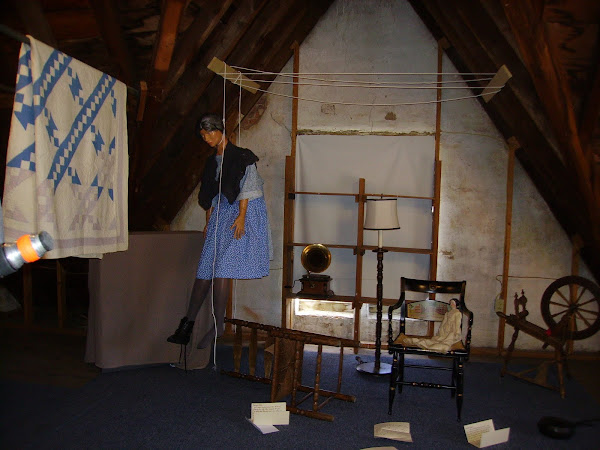
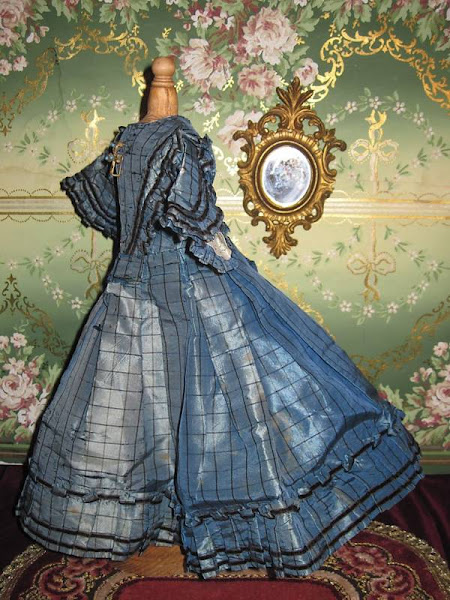wCWk~%24(KGrHqV,!h8Ew5GsnS3dBMUy3MzVPg~~_3.jpg)


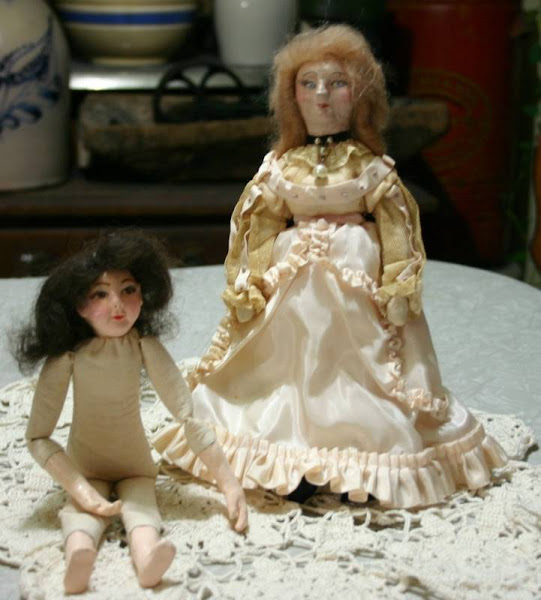









































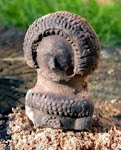
















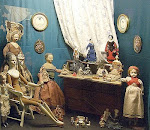



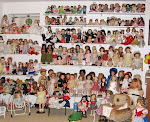
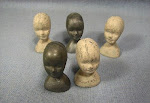



No comments:
Post a Comment